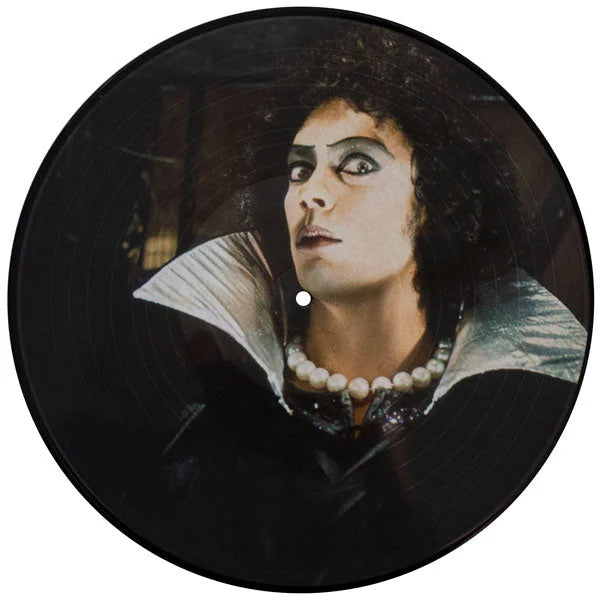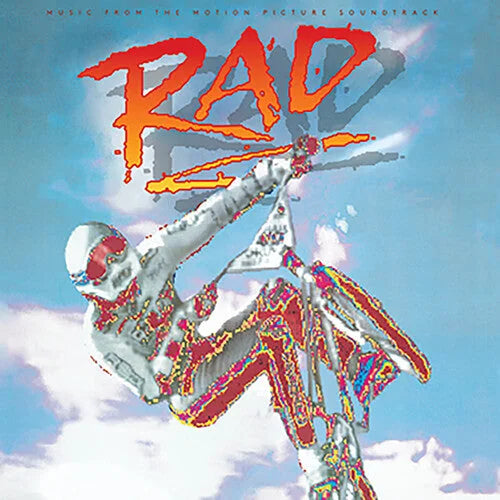Vinyl records hold a unique place in the world of music enthusiasts, offering a tactile and enriching experience that digital formats struggle to match. The allure of collecting vinyl records lies in the tangible connection to music history and the artistry involved in album covers and vinyl designs. Unlike streaming, owning a vinyl record lets you physically engage with music, flipping through records, and admiring artwork. The rich, warm sound of vinyl, praised by audiophiles, provides a listening experience that many believe surpasses digital formats, making vinyl collecting not just a hobby but a profound way to experience music.

Understanding Vinyl Formats
33 1/3 RPM LPs
Long Play (LP) records, spinning at 33 1/3 revolutions per minute (RPM), are the backbone of most vinyl collections. These albums typically hold up to 22 minutes of music per side, providing a comprehensive listening experience. LPs are favored for their ability to house entire albums, including all the artistic intent of the musicians and producers. The format is ideal for albums where each track is a piece of a larger musical story, making LPs a staple for those who appreciate the full narrative arc of an artist's work.
45 RPM Singles
45 RPM records are smaller and more focused, usually featuring one song on each side. These singles are especially valuable for collectors interested in specific hits or tracks that define an era. The higher speed allows for better sound quality, which can be crucial for certain genres like classic rock and pop. Collectors often chase after these for their iconic cover art and the nostalgia they evoke, making them a colorful and essential part of any diverse vinyl collection.
78 RPM Records
The oldest format in vinyl history, 78 RPM records are made from shellac and not vinyl, which gives them a distinctive place in music collecting. These records are primarily from the early 20th century and offer a glimpse into the musical past, often containing genres like blues, jazz, and classical. Due to their fragility and rarity, 78 RPMs are typically pursued by more experienced collectors who are interested in the roots and origins of recorded music.
Choosing the Right Format for Your Collection
Deciding on which formats to include in your collection depends largely on your interests and the type of music you love. If you're drawn to album-oriented genres like rock, jazz, or classical, then 33 1/3 RPM LPs might dominate your shelves. Those who favor pop or singles might find more joy in collecting 45 RPMs. For historians and aficionados of early 20th-century music, adding a few 78 RPM shellacs can be incredibly rewarding.
Investing in Quality Equipment
Selecting a Turntable
Embarking on a vinyl record collection journey requires an understanding of the central piece of equipment: the turntable. A turntable does more than just play records; it is a crucial component that impacts the sound quality and longevity of your vinyl collection. When selecting a turntable, there are three factors to consider that go beyond mere aesthetics and price:
- Cartridge Quality: The cartridge of a turntable is where the stylus (needle) is housed, and it is integral to the sound reproduction process. A high-quality cartridge ensures clearer and more detailed audio output, significantly enhancing your listening experience. Superior cartridges are designed to minimize wear on records, preserving your collection's condition over time. Investing in a turntable with a top-notch cartridge is advisable for anyone serious about their audio quality.
- Plinth Stability: The plinth, or base of the turntable, plays a critical role in the overall stability and performance of the unit. A sturdy and well-damped plinth helps in reducing unwanted vibrations that can cause sound distortion during playback. Materials like medium-density fibreboard (MDF) or heavy plastics are preferred for their effective damping properties. The stability of the plinth is not just about preventing skips; it also enhances the purity of the sound by isolating mechanical noise.
- Automation Features: For those new to vinyl, turntables with automation features can be particularly appealing. Automatic turntables offer functionalities like lifting the tonearm automatically at the end of a record and returning it to its resting position. This not only adds convenience but also helps protect the stylus and the record from damage due to manual handling errors. Such features are especially beneficial for beginners or those who prefer a more hands-off approach to record playing.
Understanding these aspects will guide you in choosing a turntable that not only meets your aesthetic and audio preferences but also ensures the durability and pristine condition of your vinyl records. As vinyl continues to be a beloved format for music enthusiasts, selecting the right turntable is a worthwhile investment that can significantly enhance your listening experience.
Choosing a Sound System
For the most authentic audio experience, look for a system with a dedicated phono input, which is specifically designed to handle the lower output level of turntables. If your amplifier or receiver does not have a phono input, you’ll need a phono preamp to boost the signal to a standard line level. Speakers are equally important; opt for those that can handle the dynamic range of vinyl without distortion.
Importance of Proper Setup
Make sure the turntable is level, as an uneven surface can affect playback speed and sound quality. Properly balancing the tonearm and setting the tracking force according to the manufacturer’s specifications are also critical to prevent skipping and recording wear. Taking the time to ensure everything is set up correctly will greatly enhance your vinyl listening experience and help safeguard your records for years to come.
Vinyl Record-Buying Tips
Favorite Genres and Artists
Start by prioritizing genres and artists that you love and listen to frequently. This approach not only enhances your enjoyment but also ensures that your collection reflects your taste. Whether you're into classic rock, jazz, or modern pop, these foundational choices will form the core of your collection, providing a satisfying listening experience every time you pull a record off the shelf.
Essential Classic Albums
Every vinyl enthusiast should consider including several cornerstone albums in their collection. These are records renowned for their artistic impact and exceptional recording quality. Albums like Pink Floyd's The Dark Side of the Moon, The Beatles' Abbey Road, and Fleetwood Mac's Rumours are popular examples that are not only musically enriching but also tend to increase in value over time. Owning these classics can provide a reliable foundation from which to expand your collection into more niche or personalized selections.

Rare and Limited-Edition Releases
For those who enjoy the thrill of the hunt, seeking out rare and limited-edition records can be particularly rewarding. These versions often feature unique artwork, colored vinyl, or special packaging, which can make them highly desirable as collectibles. Moreover, limited runs or special pressings can be appreciated, making them a potential investment. Engaging with online communities and forums can be beneficial in tracking down these gems, as well as attending record fairs and keeping in touch with your favorite record stores for upcoming releases.
Where to Buy Vinyl Albums Online
Benefits of Online Shopping
Purchasing records online offers convenience and access to a global marketplace that physical stores can't match. You can explore and purchase vinyl online from the comfort of your home, accessing a vast array of records that might not be available locally. Online platforms also often provide detailed information about the record's condition, pressing details, and seller ratings, which is invaluable for making informed decisions. Additionally, many online stores offer previews of music tracks, helping you discover new artists and albums without committing to a purchase immediately.
Ensuring Authenticity and Quality
When you buy vinyl online, verifying the authenticity and quality of the records is paramount. Always check the seller's ratings and read customer reviews to estimate their reliability. Look for detailed descriptions of the record's condition and be wary of deals that seem too good to be true, as they often are. It's also advisable to inquire directly with the seller if you have specific questions about the pressing or condition of a record, to avoid any surprises upon delivery.
Reading Reviews and Seller Ratings
The advantage of choosing to purchase vinyl records online is that you can access a wealth of reviews and ratings before making a purchase. Customer feedback can provide insights into the record's pressing quality. Make use of this information to guide your buying decisions, ensuring you select records that meet your expectations in terms of quality and authenticity. A proactive approach helps build a trustworthy relationship with online vendors and ensures a higher satisfaction rate.
Maintaining Your Vinyl Collection
Proper Storage Techniques
Storing your vinyl records correctly is essential to preserving their sound quality and longevity. The material of vinyl is sensitive to environmental conditions and improper handling, making appropriate storage critical. Here are key tips for optimal vinyl storage:
- Use Shelving Units: It is vital to invest in shelving units specifically designed for vinyl records. These shelves should provide a firm and even support that allows records to stand upright. The alignment must be straight, without any leaning or tight stacking, as this prevents warping or undue pressure that could damage the records. Ensure that the shelving material is sturdy enough to bear the weight of multiple records, as vinyl can be quite heavy, especially in larger collections.
- Maintain a Cool, Dry Environment: Vinyl records are highly susceptible to temperature fluctuations and humidity. Storing them in a cool, dry environment helps prevent various forms of damage. High humidity can lead to mold growth on the record sleeves, while excessive dryness can cause static electricity, which attracts dust. A stable environment with a relative humidity of around 35-40% and temperatures kept consistently between 65-70°F (18-21°C) is ideal for preserving your vinyl in pristine condition.
- Keep Away from Direct Sunlight: Direct exposure to sunlight can be detrimental to vinyl records. UV rays can cause the vinyl material to break down over time, leading to a loss of sound quality and visual appeal. Sunlight can also severely fade the artwork on record covers, reducing their aesthetic and collectible value. Always store your vinyl in areas where sunlight does not directly reach, such as cabinets or rooms with UV-filtering curtains.
Proper storage of vinyl records is not just about maintaining their condition but also about enhancing the overall experience of collecting and enjoying music. By following these guidelines, enthusiasts can ensure their collections remain in excellent shape for years to come, preserving both sound quality and the unique cultural value of vinyl records.
Cleaning Your Records
Invest in a quality record cleaning kit, which should include a soft, anti-static brush and a cleaning solution designed for vinyl. For deeper cleaning, consider a vacuum-based record-cleaning machine. This equipment, while more of an investment, can significantly improve the fidelity and lifespan of your records by ensuring they are thoroughly cleaned without damaging the delicate grooves.
Handling Vinyl Correctly
Always hold a record by its edges or the label, avoiding touching the grooves with your fingers. Oils and dirt from your hands can deposit on the vinyl and attract dust, which not only affects playback but can also cause long-term damage. By taking this easy precaution, you can avoid scratches and maintain the best possible sound quality for your recordings.
Using Protective Sleeves
Incorporating inner and outer protective sleeves into your vinyl care routine offers an additional layer of protection against environmental factors and handling errors. Inner sleeves should ideally be anti-static and made of soft materials to avoid scratching the vinyl when sliding records in and out. Outer sleeves protect the album cover and the edges of the vinyl, especially when pulling them out of tight shelf spaces.
Exploring Physical Stores and Record Fairs
Benefits of In-Person Shopping
The act of flipping through bins and shelves allows you to discover music you might never have considered otherwise. The best online vinyl record shops are also hubs of community activity where you can meet fellow enthusiasts, share recommendations, and learn from more experienced collectors.
Tips for Browsing Record Stores
When you visit a record store, take your time to explore thoroughly. Start with sections of your favorite genres but don't hesitate to venture into unfamiliar musical territories. Staff at these stores are usually passionate about music and can provide personalized recommendations based on your interests. It's also a good idea to regularly visit local stores to get acquainted with their stock rotation and special discounts. Some of the best finds in vinyl record collecting come from unexpected visits and digging through the less obvious sections of the store.

If you're just beginning to build a vinyl collection, take pride in each step of the process. Each record you choose, whether it's a beloved album by your favorite artist or a rare find at a fair, adds a unique story to your collection. The world of vinyl offers a deeply satisfying, hands-on experience that goes beyond mere music listening. It invites you into a rich historical tapestry filled with diverse sounds and cultures. Embrace this journey with enthusiasm, and remember that each record you add not only enhances your collection but also deepens your connection to the music and its community.
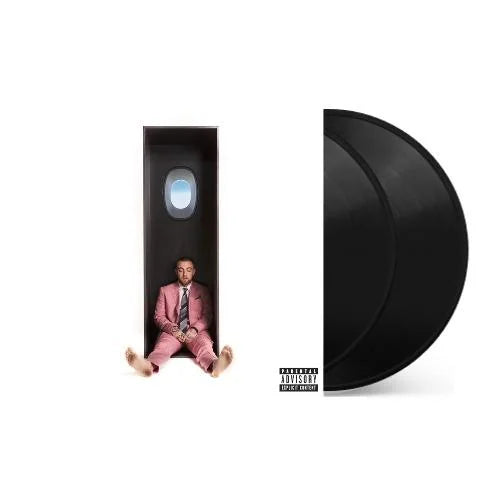

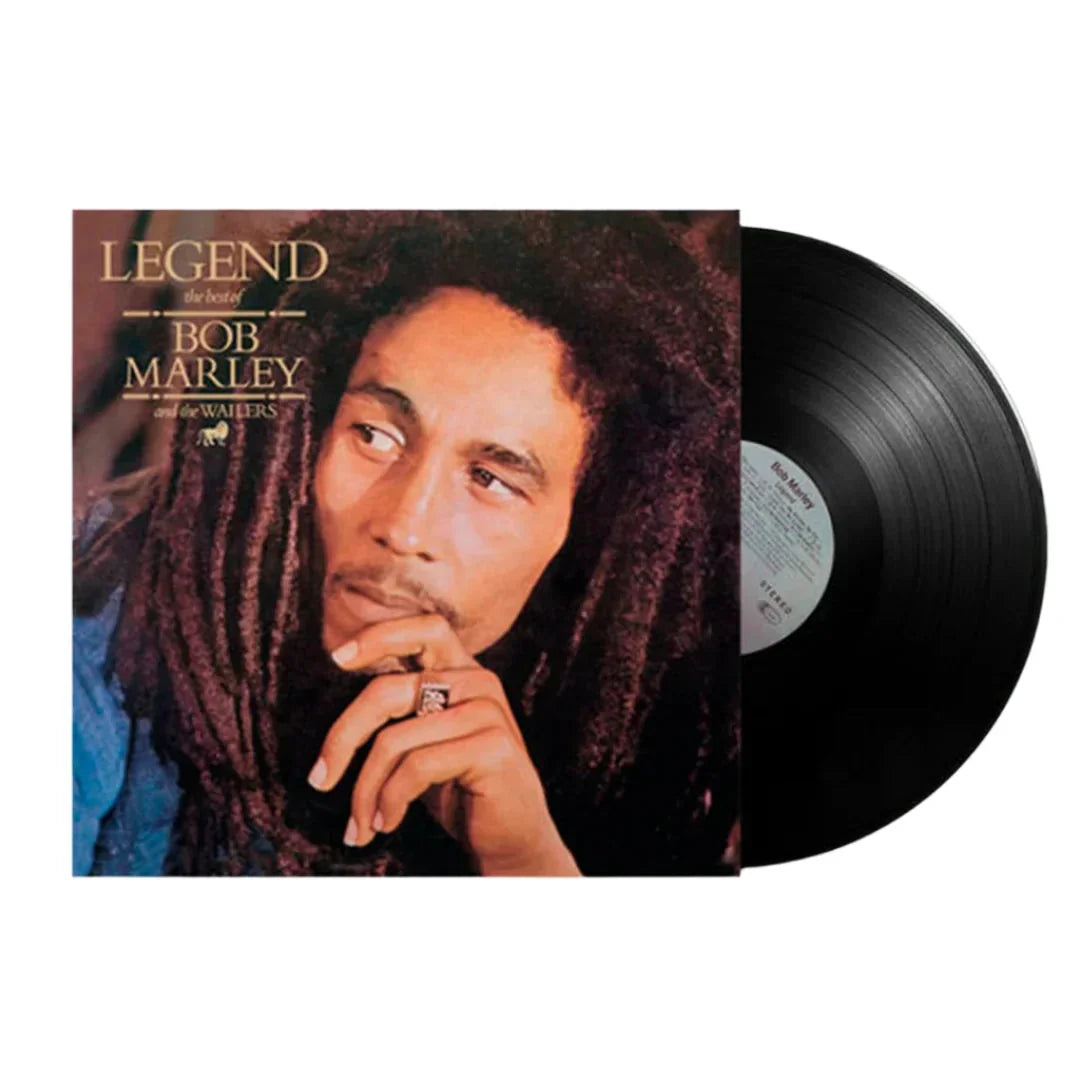
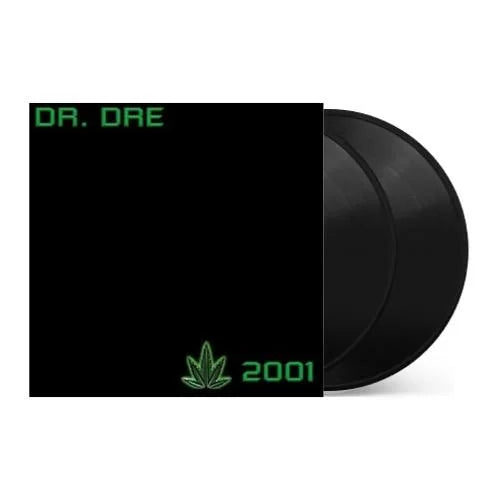



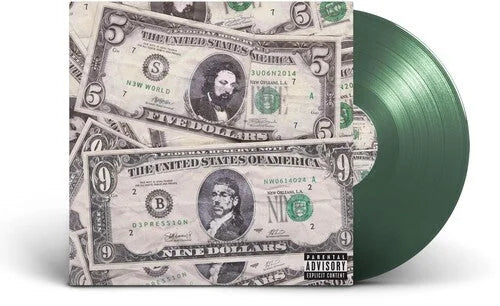

![(hed) p.e. - New And Improved [Pink]](http://vinyl.com/cdn/shop/files/4425252-3389420.jpg?v=1746578880&width=5760)
![1 Locate S - Wicked Jaw [Sky Blue]](http://vinyl.com/cdn/shop/files/4217742-2982879.jpg?v=1693273095&width=5760)





![The Grateful Dead - The Music Never Stopped [6LP Box Set]](http://vinyl.com/cdn/shop/files/The_Grateful_Dead-The_Music_Never_Stopped__6LP_Box_Set.jpg?v=1747729623&width=5760)
![Fleetwood Mac - Fleetwood Mac 1975 To 1987 [Clear 6LP Box Set]](http://vinyl.com/cdn/shop/files/2RHILP81833__61378.jpg?v=1743391443&width=5760)





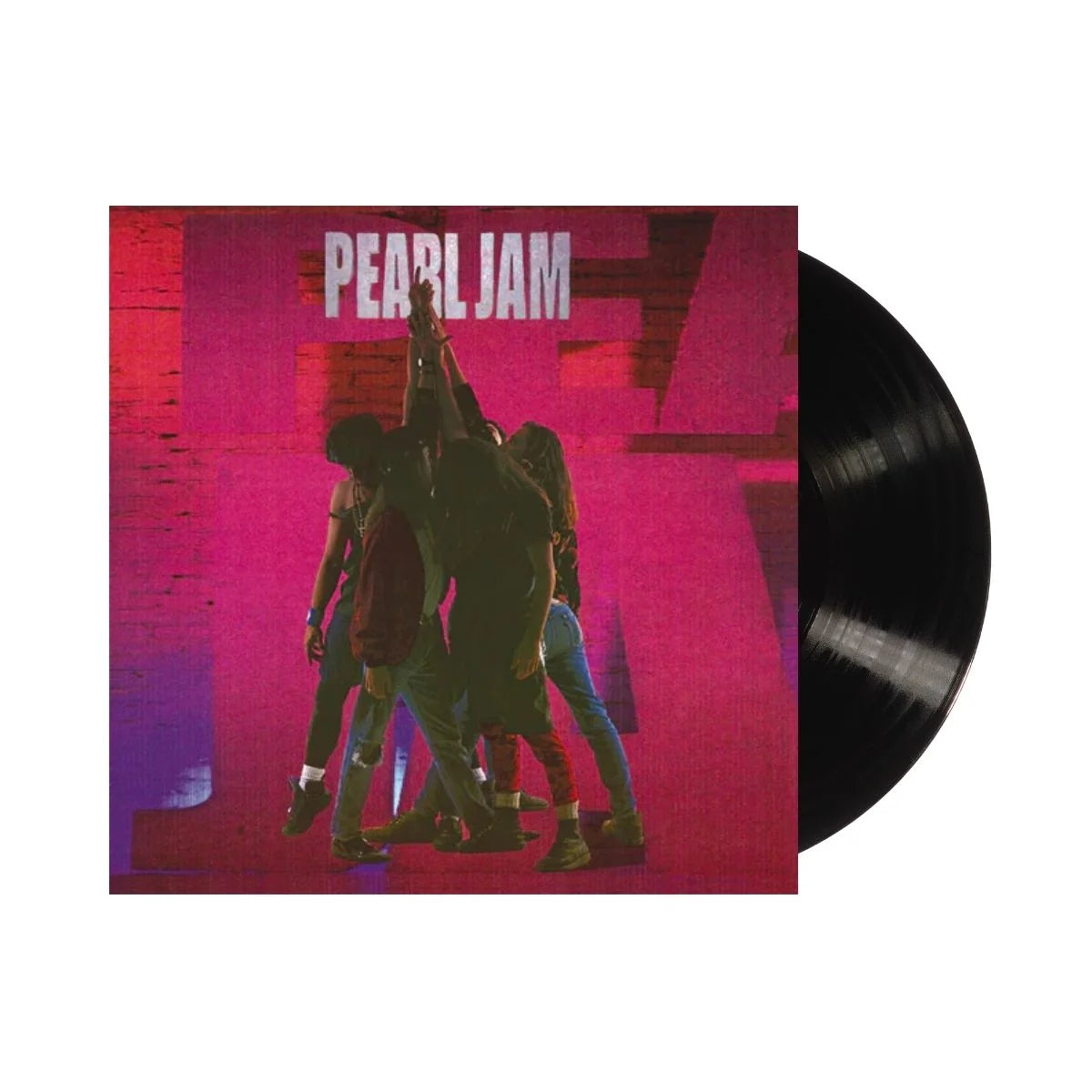

![Taylor Swift - 1989 (Taylor's Version) [2LP Crystal Skies Blue]](http://vinyl.com/cdn/shop/files/taylor_swift_1989_taylors_version.jpg?v=1734389117&width=5760)


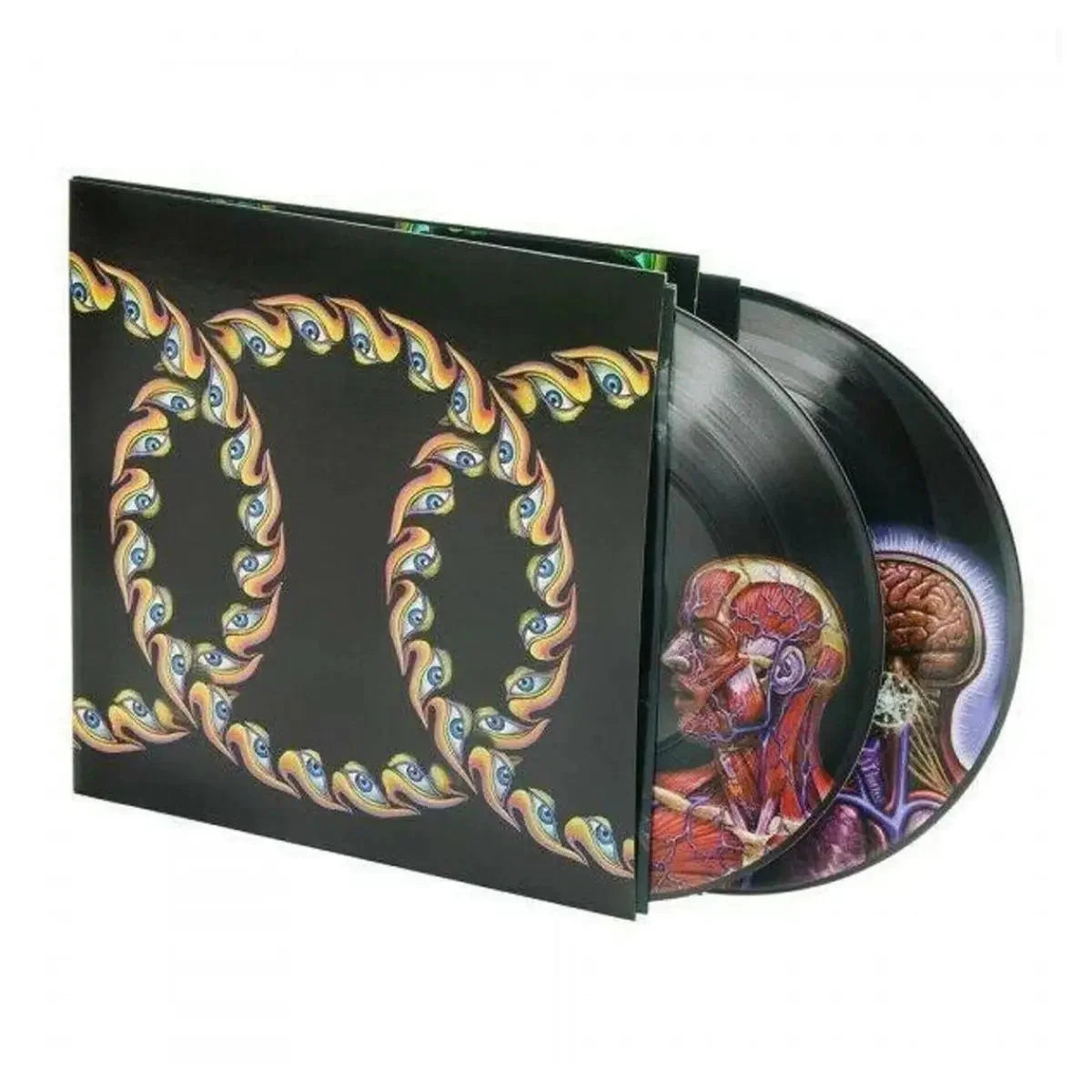












![Grace Jones - Nightclubbing [Gold]](http://vinyl.com/cdn/shop/files/4407705-3329230.jpg?v=1742429522&width=5760)



![Miles Davis - Kind of Blue [180-gram]](http://vinyl.com/cdn/shop/files/Y4LPMD03.webp?v=1742198237&width=5760)

